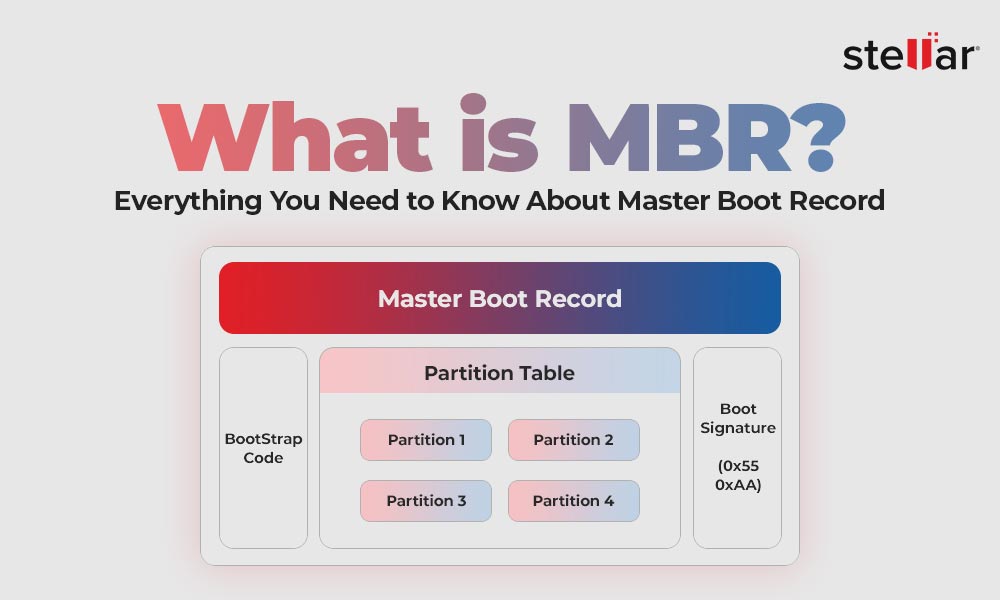There is nothing more disconcerting than booting up, listening as your computer whirs to life, and then, nothing. The fans are running, lights are lit, but nothing on the screen. A computer that will boot but not display anything is a fairly common problem that can happen on desktop, laptop, and even on high-end workstations.
Although this problem is intimidating, particularly if you must use your PC for work, school, or home purposes, it is not necessarily an indication of a system failure. Far more likely, the hardware is fine, but a certain setting is inhibiting the display from booting up properly.
In this guide, we will walk through the possible reasons behind the "no display on boot" scenario, how it can be diagnosed, and possible troubleshooting steps to identify and fix the issue.
Why Does a Computer Turn On But Shows A Blank Screen?
If a PC boots but nothing shows up on screen, the cause may be anything from a simple connection issue to a bad software or hardware problem. Let’s discuss the most common causes:
Loose or Broken connections – Astonishingly, most blank-screen occurrences are due to poorly connected HDMI, VGA, or DisplayPort cables. A damaged wire or adapter can also disrupt the connection between your system and monitor.
Faulty RAM or motherboard – RAM that is not properly seated or that's going bad can stop the boot process before anything makes it to your screen. Just like motherboard problems can prevent hardware from initializing.
BIOS misconfiguration – Mis-configured BIOS settings may prevent your system from showing anything. Boot failure is either caused by a boot order set up incorrectly or an in-compatible hardware profile.
Peripheral issues – Peripherals like external hard drives, webcam, or even USB hubs sometimes cause booting issues and will not display on the screen.
Power supply or voltage mismatches – A faulty PSU that is unable to deliver stable power or misconfigured voltage switch can refuse the system to boot normally.
Hardware stress and overheating – If your GPU or CPU overheats, your computer may shut off the screen as a safety measure.
Even though your system is not showing a picture, this rarely harms the SSD or hard drive, but this may lead to unexpected data loss when the system shuts off abruptly. This is where expert assistance of a data recovery software is required.
Troubleshooting a Computer Screen With No Display
Before jumping to conclusions, there are certain practical things that you can do to check:
1. Go Through All Connections
- Ensure if power and video cables are properly connected to both the tower and monitor on your PC.
- Swap with other cables (HDMI, VGA, DisplayPort) or with a different monitor.
- If you have a laptop, undock the system if docked, and test with an external monitor.
A loose or damaged cable could be the sole culprit.
2. Reset the BIOS
The BIOS version also regulates the initial handshake between your operating system and hardware. Rebooting it back to default may fix the conflicts.
- Restart your computer and press on the BIOS key - F2, Del, F10, or Esc, which are commonly used.
- Enter the BIOS setup utility, where you can view and adjust hardware configuration and system boot.
- Search for options like - Load Defaults, Load Optimized Defaults, or Restore Defaults.
- Save and exit.
Be careful here as erroneous BIOS changes can impact system stability.
3. Check the Voltage Selector Switch
On your PC, ensure the PSU voltage switch is rightly placed for your region (like 110V versus 220V). In case, you just moved to a new country or bought hardware from someplace else, voltage incompatibility might end up in display problems.
4. External Peripherals Should be Unplugged
Pull off peripherals that aren’t required for now, like printers, Bluetooth adapters, webcams, or external hard drives. System boot-up issues can forbid your PC from reaching the display phase.
5. Roll Back or Update Display Drivers
If you can boot in Safe Mode, roll back new drivers or use current drivers to update with Device Manager. Display adapters are usually the most frequent reason for black screen issues.
6. Monitor Temperature and Hardware Health
Check CPU/GPU temperatures through BIOS or diagnostic software. If the computer is overheating during POST, the system can shut off output to the display. Chronic overheating typically requires professional service.
What to do if data is lost?
Despite the troubleshooting steps shared above, you may lose your data during a display issue. In such cases, Stellar® Data Recovery Professional for Windows comes in handy.
What Makes Stellar Data Recovery Professional for Windows Best in This Scenario?
Stellar Data Recovery Professional for Windows ensures your important files, and work documents never vanish, regardless of your computer boot or not.
Here's how:
Step 1: Create a Bootable Recovery Drive
On a different machine, you can make a bootable USB with Stellar. This allows you to boot your infected computer without Windows.
- Insert a blank USB drive into your system.
- Choose the option to create bootable media.
- Select the USB drive from the list of devices available.
- The software will then prepare the USB and load the recovery environment on to it.
Once done, you now have a bootable USB drive.
Step 2: Begin Stellar in Recovery Mode
Plug the USB into your compromised computer and boot from it. This bypasses your compromised OS and boots Stellar Data Recovery’s interface, giving you direct access to recovery tools.
Step 3: Search for Missing Data
The software carries out an extensive scan across file systems, such as NTFS, FAT16/32, and exFAT. It has the capacity to recover 200 file types, including important office files and multimedia files.
Step 4: Preview and Recover Files
This is considered to be Stellar's most powerful feature. You get to view your files as they are retrieved while the scan is ongoing, without having to wait for the completed scan. Once discovered, you just need to save them onto another drive, without overwriting.
Why Choose Stellar Professional Edition?
Large files supported: Yes, big files are supported. Retrieve Word documents, email, Excel spreadsheets, images, videos, PDFs, and more.
Bootable Media Recovery: Retrieve your files safely even when Windows won't boot.
Preview Before Recovery: View precisely what files can be recovered before committing.
Free Demo Option: You’re free to test the tool and download up to 1 GB. Yes, the trial is free.
Beginner-Friendly: You don’t have to be into technicalities to use this software. The interface is smooth and hassle-free ensuring anyone can recover their files.
Key Takeaways
A black display isn't necessarily the end of all. Loose connections, BIOS settings, there are many potential causes, and fixes. While you try all methods, however, your data should be your top priority. Stellar Data Recovery Professional for Windows promises that regardless of the scenario, your documents, media, and precious files can be recovered and secured.














 8 min read
8 min read-1505.jpg)





